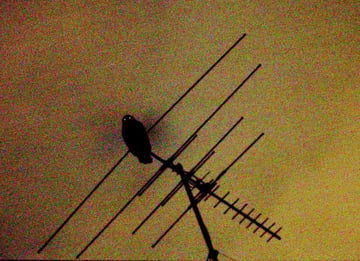- Products
- All Products
- RF PA Extension Kit
- Wireless Microphone Upgrade Packs
- In-Ear Monitor Upgrade Packs
- Wireless Microphone Antennas
- Wireless In-Ear Monitor Antennas
- Antenna Distribution for Microphones
- Antenna Combiners for In-Ear Monitors
- Multi-Zone Antenna Combiners
- Spectrum Tools
- Accessories, Cables and Parts
- Solutions by Venue
- Resources & Training
- Performance Tools
- About Us
Check out the full recording of our live session Why Wireless Mics Drop Out and How to Prevent It!
During this 30 minute session you will learn:
Understanding Local Interference and Range
Loss of range is typically caused by localized interference, like TV stations, motors, LED lighting, and now cell phone service in the 600 MHz band. Find out how directional antennas and bandpass filters can work together with high-quality coax cables to help mitigate this problem.
Understanding Multi-Path Interference
Multi-path interference is caused by reflections of your transmitter’s signal, primarily by metal objects in your venue and other boundaries. These reflections flip the polarity of the signal and arrive out of phase which causes cancellations in your receiver’s antennas.
Understanding Cross-polarization Fades
Cross-polarization fades (aka antenna dropouts) happen when your antennas are not oriented correctly to match your transmitters. Learn how the proper antennas can be used to maximize your system’s efficiency.
And for more great info check out the Three Essential Concepts of Wireless Audio eBook below:
Tag(s):
More from the blog

Knowledge Guides
Common Sources of Interference
4 min read
| December 14, 2014
Read More

Knowledge Guides
Defining Interference
3 min read
| December 14, 2014
Read More

Knowledge Guides
UK OFCOM Agency Publishes Study on WSD/TVBD Interference to Wireless Microphones
4 min read
| January 14, 2015
Read More
Subscribe to email updates
Stay up-to-date on what's happening at this blog and get additional content about the benefits of subscribing.

